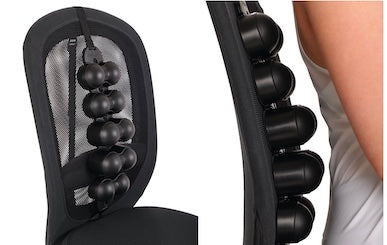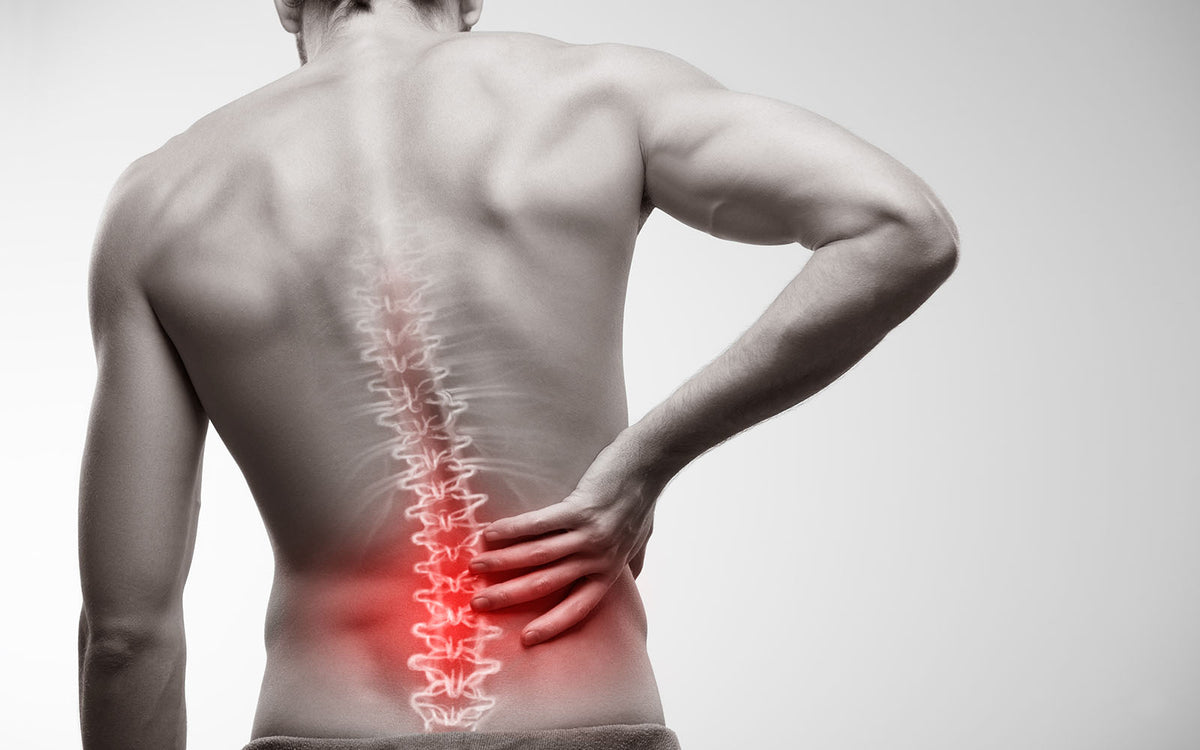Neck Pain
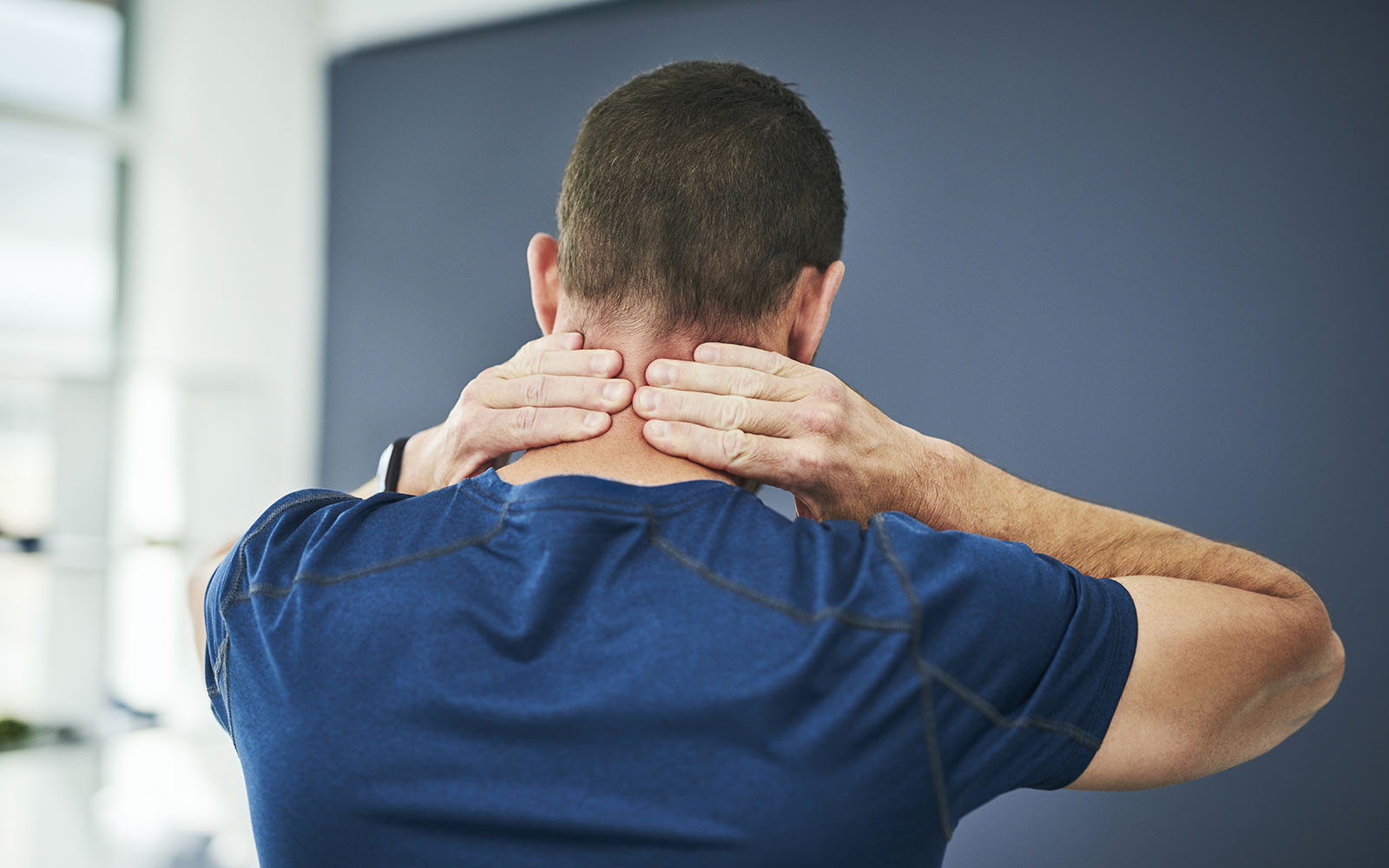
Causes of neck pain
The most common cause of neck pain is prolonged sitting with a slouched posture. The longer you sit, the more your middle back becomes rounded causing your neck and head to protrude forward. Eventually aching and pain will be felt in the neck due to the weight of the head compressing on the very small and vulnerable neck joints and discs. These small joints (facet joints) are the size of the joint in your little finger, so it doesn’t take much time or compression to cause aching and pain. Neck compression from slouching can also lead to pins and needles down the arms if nerves are involved, or headaches if the upper neck muscles and joints are affected.
Another common cause of neck pain is sleeping on your stomach as the neck is forced to fully rotate to one side which leads to aching and pain. Whiplash is also a common cause of neck pain, but it is vital that whiplash is managed by a health professional. For more information on pain physiology, read our article What is Pain.
Tips for preventing and treating neck pain
Mild to moderate neck pain can be relieved by following the tips below. Areas of tightness, stiffness or tension should also be treated before they become more serious and potentially develop into chronic pain.
1. Reverse slouched sitting posture
Prolonged sitting with a slouched posture needs to be avoided. Stand every 30 minutes and arch your middle back by raising your chest and pulling your shoulders back to reverse the negative effects of slouching when sitting.
Maintaining good posture all day is not easy so here are some practical tips to increase your postural awareness and remind you to 'sit up straight':
- visual stimuli on computer screen / keyboard / mouse such as red stickers or pictures of stretching;
- audible stimuli such as reminders or alarms on your phone or computer every 30 minutes; and
- use of equipment such as BakBalls or BakRest behind your back when sitting, or even tape across your shoulders or down your back applied by a Physiotherapist
Due to long-term stiffness in our spine and muscles, it can potentially be impossible to get into an ideal posture without actual intervention from BakBalls or hands-on treatment from a health professional. Using BakBalls is the ideal way to reverse slouched postures that lead to neck pain. BakBalls provide an extremely localised stretch in the mid back region to free the neck joints and discs from compression caused by slouching and give you the flexibility to sit up straight.
Our neck pain self-treatment device NeckRest delivers a therapeutic force through the treatment ridges which is applied directly to your painful joints and tight neck muscles to provide maximum relieve of pain and stiffness.
BakBalls and NeckRest are the ideal preventative solution and were invented by Mark Alexander, former Sports Physiotherapist to the Australian Olympic team, to reverse the stiffness developed from poor sitting postures.
Watch these videos to see how NeckRest can be used on your neck:
When driving, ensure your lower back retains a curve by using BakBalls behind your spine which prevents the thoracic spine from slouching forwards.
Read our article How to Use BakBalls to learn how to relieve pain and improve posture.
2. Stretching
It is beneficial to stretch the neck muscles and joints to reduce the compression on neck joints and discs. Ensure ideal postures are maintained in sitting and standing for the majority of the day or else eventually your back will hurt. When sitting, you should stand and stretch (or lie down) every 30 minutes to take the strain off your discs and allow them to recover from the unavoidable gravitational compression. Similarly, if standing for prolonged periods you need to sit or lie down every 30 minutes.
Below are some examples of stretches that you can do at work to maintain good posture. Chairs, pillows, and mattresses must all be in good condition and supportive.
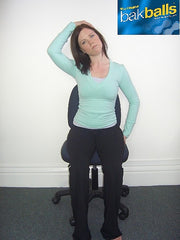
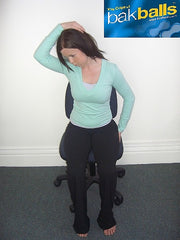
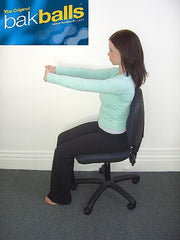

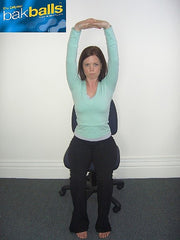
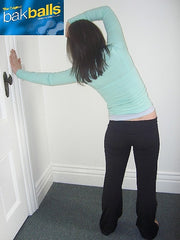

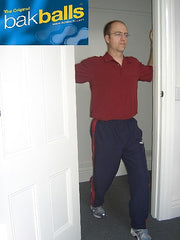
3. Strengthening and stability
Specific stability exercises prescribed by physiotherapists are vital to maximise the health of your spine and relieve back pain. Research shows that within 24 hours after experiencing back pain, the muscles protecting the spine can reduce in size and activation. Physiotherapists need to prescribe targeted exercises to reverse the effects of pain and prevent slouching in sitting. Exercises that optimally prevent slouching are seated rows, and shoulder retraction exercises where you pull your shoulder blades down and back together. To find your local physiotherapist visit the Australian Physiotherapy Association website. General gym programs and strengthening exercises are also critical to prevent and relieve back pain. If you exercise for 3 hours a week, this has been shown to reduce the incidence of back pain.
4. Staged return to normal exercise/work
It is critical to stage or gradually increase the levels of exercise to prevent aggravation of back pain. Common sense says to increase exercise levels over time to prevent doing too much, too soon. For example, after an episode of back pain don't attempt to garden for 2 hours or walk 10km. Start from a low base, and gradually increase the duration and intensity of exercise. The 10% rule is a good rule of thumb: each week increase the duration OR intensity of exercise by 10%. Finally, back pain sufferers need to take responsibility for their own back pain as the most common causes of back problems are sustained postures, bending and lifting activities which are within one's control.


